"Mela langguj- Our language, Kriol"
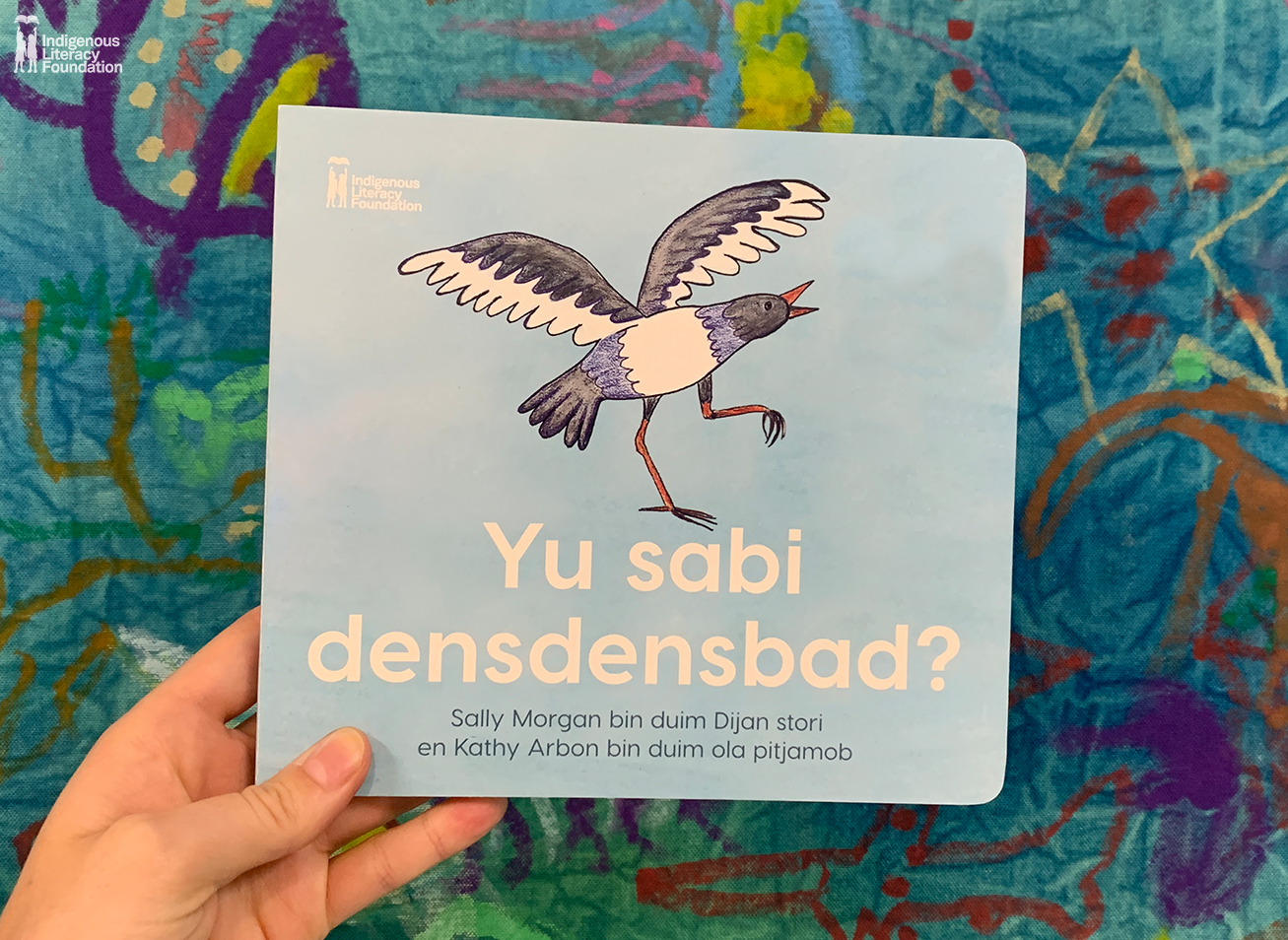
Written by Josie Lardy, ILF Regional Coordinator & Kriol speaker
Did you know?
In Northern Territory homes, Kriol is the most spoken language after English. And it is the most widely spoken Aboriginal language in Australia today.
Where did Kriol come from?
Kriol in the Top End is one kind of creole, from around the world.
Kriol is not a ‘blekbala langguj brabili’ or a traditional Aboriginal language. It is a pretty ‘new’ language. When it first started in Australia, Kriol didn’t have a name, but linguists, that is people who work with languages, called it Kriol with a different spelling.
This is when English and our Community's Traditional languages were mixed in together. So now some of our mob say, ‘We speak Kriol’ and some of our mob say it’s not Kriol, it’s ‘mela langguj’ or our own language. Just ask a speaker what their language is called because different speakers have different ideas, and that’s okay!
Our Kriol, in the Roper River Northern Territory (also in Western Australia and Queensland northern areas) has a special story of how and why it started. Many Creoles have a similar story but different.
It all started when Aboriginal people who spoke different Traditional languages from each other had contact with people from cattle stations, missions, police and through meeting other people who were speakers from overseas. They all had to find a ‘way of talking’, to understand each other. It was called a ‘contact language’. This is how Kriol started.
Now, in many places, this contact language has changed. It’s no longer just ‘words’ to communicate, it has its own sentence structure and is now the main language that everyone speaks in Community.
There are about 20,000 people in the top part of Australia that speak their own style of Kriol. We can usually tell where others are from by the way they say something or the words they use.
It’s like when you can tell someone is speaking Australian, New Zealand, American or United Kingdom English.

Source: Meigim Kriol Strongbala
Kriol has now been used to translate Shakespeare, the Bible, and Darwin ABC Radio.
We have children's books in Kriol too now, which we are loving.
Some Kriol speakers work as interpreters and in other jobs where English and Kriol mob (people) need to understand each other better.
Like any language you grow up speaking, you know it and it's important to you. Same way with Kriol for us. It's the language we hear, speak and understand.
Kriol ba mela langguj, mela sabi brabiliwan. This means Kriol is our language, we know it! It is our First Language.
Well, now you know a little bit about our ‘langguj’ (language) Kriol, up North way.
Maybe ask your teacher to find out more about it for your class.
The Indigenous Literacy Foundation also has published books in Kriol - so you can hear our stories and read our language.

RESOURCES
Busking For Change 2023 - Celebrating Kriol Language
Ngukurr Roper River: Meigim Kriol Strongbala
Video episode- Little J & Big Cuz in Kriol:
Video ‘What is Kriol’
BIBLIOGRAPHY
Greg Dickson: meigimkriolstrongbala.org.au/wp-content/uploads/Dickson-2023-Kriol.pdf
Denise Angelo: ilforg.auhttp://www.indigenousliteracyfoundation.org.au/site/user-assets/docs/WhyisMoliWritteninKriol_Final.pdf
You might also be interested in
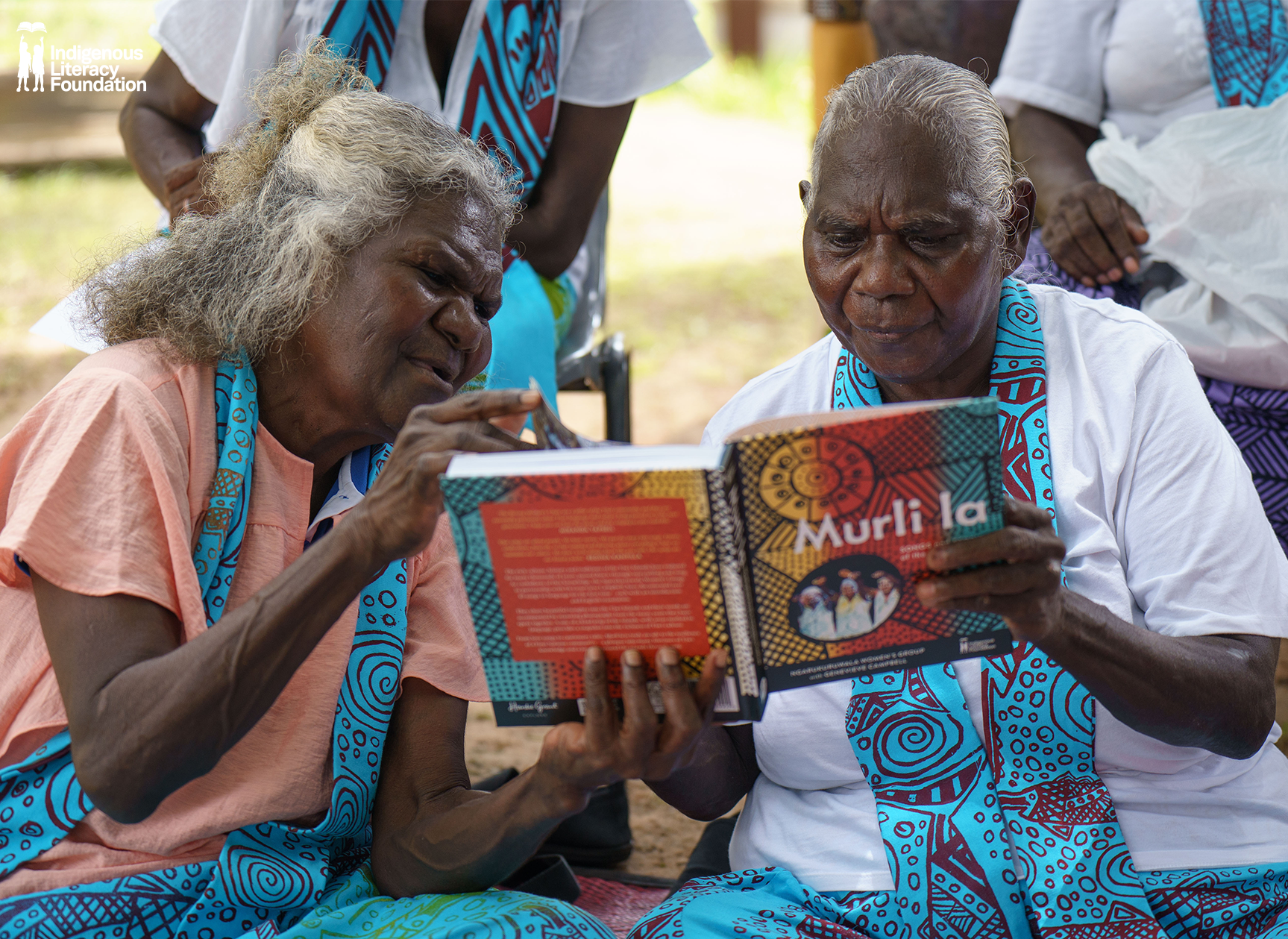
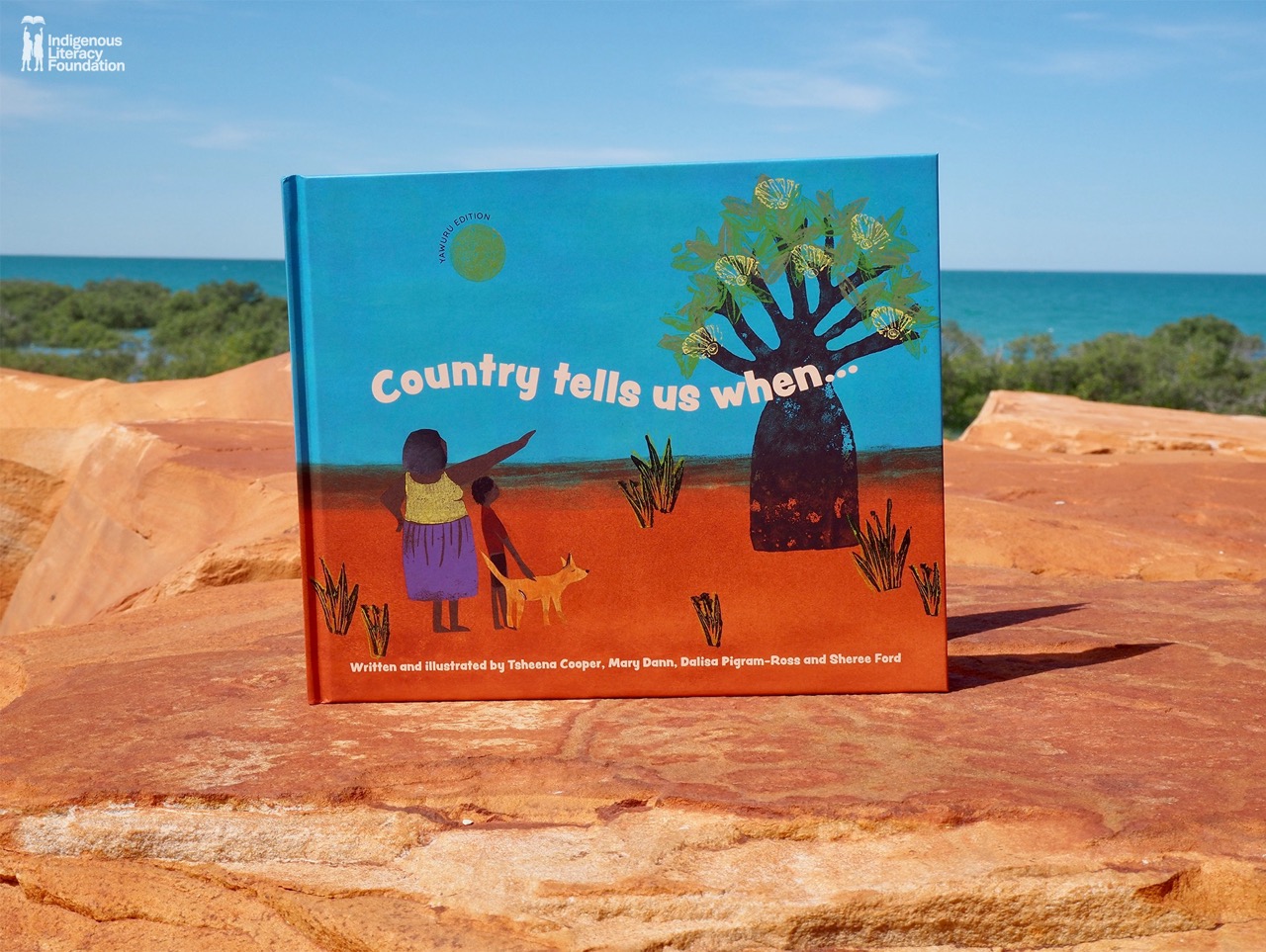
Educators create bilingual book about the seasonal changes of the Kimberley
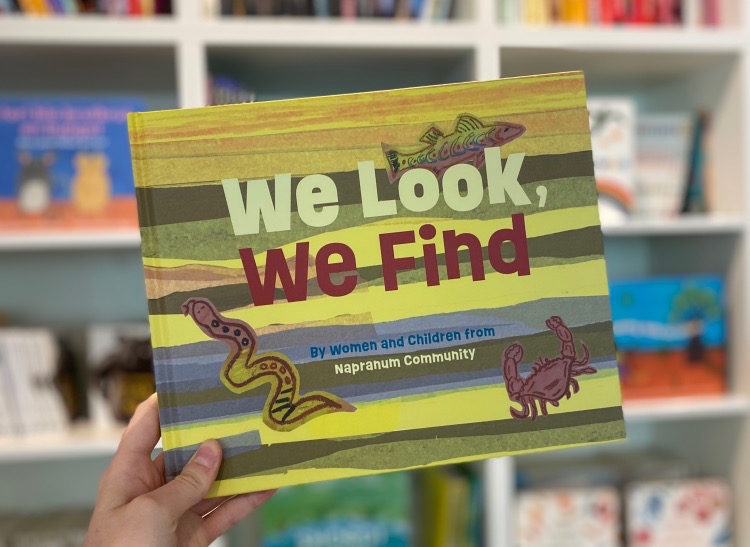
First Commercial Children’s Picture Book Published featuring Thaynakwith Language
Join our community, follow us on social media
Written by Josie Lardy

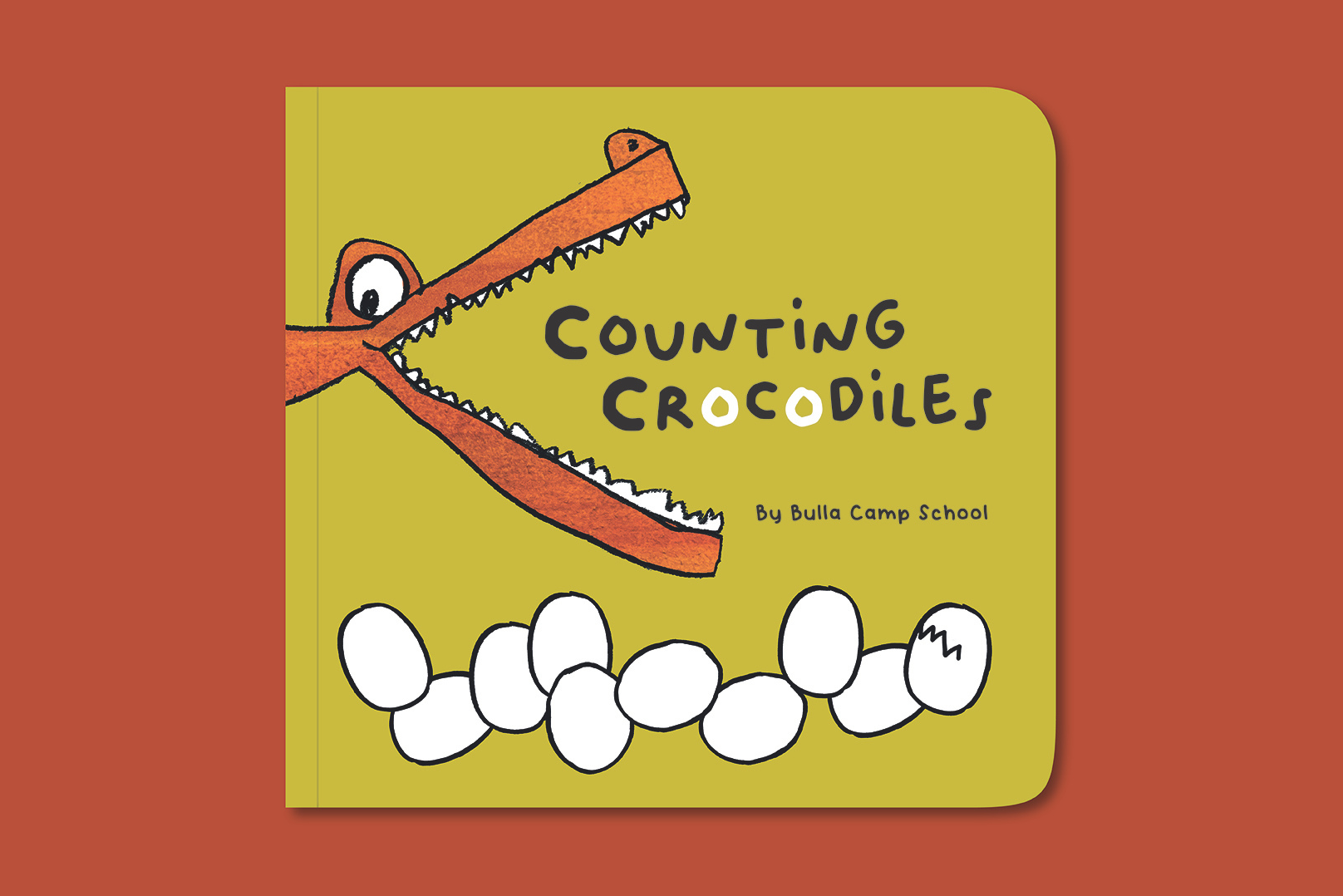
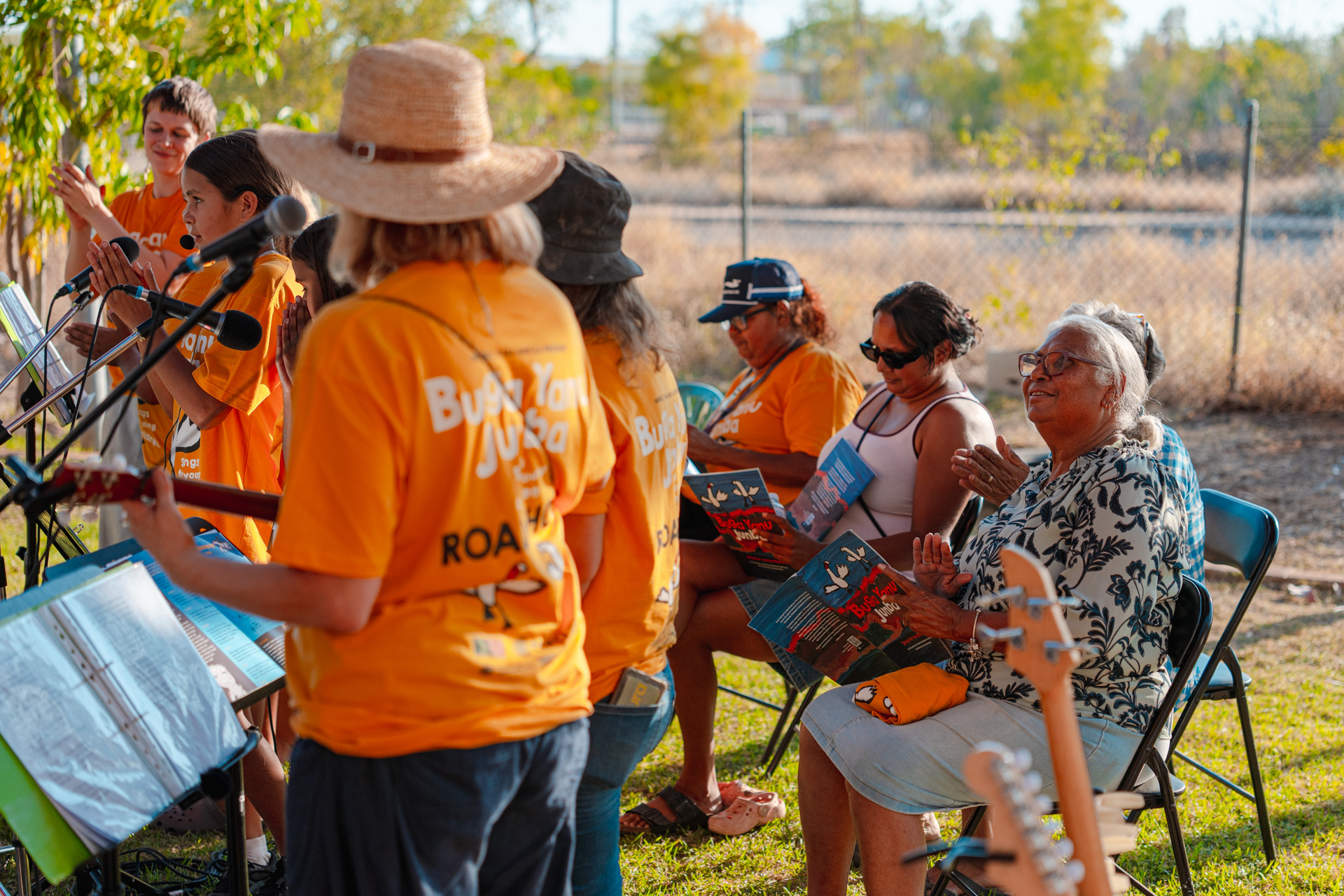
.png)
